COVID-19 infections in Minnesota have steadily risen since the emergence of the Delta variant and have increased by 35% in the past 14 days, causing many to worry about contracting the highly contagious virus when returning to campus.
The Delta variant is the predominant variant in the United States and is more than twice as contagious as other variants, according to the Centers for Disease Control and Prevention (CDC). Many people on campus are worried about contracting the virus when returning to in-person learning.
There are two ends of the spectrum for safety on campus, said Dr. Jill Foster, a pediatric infectious diseases physician with the University of Minnesota Medical School and MHealth Fairview.
“At the good end of the spectrum, you would ideally have somebody who’s vaccinated wearing a mask and outdoors … at the other end is somebody who didn’t get their vaccine, who refuses to wear a mask and is in a crowded indoor place,” Foster said. “The more you can have activities and events that are closer to the vaccinated, masked outdoor circumstance, the safer you’re going to be.”
In July, cases of COVID-19 in Hennepin County declined to the lowest numbers since the beginning of the pandemic, reaching zero cases per day on multiple occasions. In the following months, the numbers have increased since the emergence of the Delta variant. Hennepin County reported a 7-day average of 343 cases per day on September 18.
Dr. Susan Arnold, an associate professor of environmental health sciences in the School of Public Health, said people should use higher quality masks and respirators, such as the N95 or KN95 respirators, social distance and spend time in areas with good ventilation.
“This virus is in the air and it lingers in the air for a long time,” Arnold said. “They will remain in an area, even after the person who exhaled the particles leaves the room.”
On Aug. 2, the University announced that they would reinstitute a mask mandate for all students on campus. The next day, Minneapolis Mayor Jacob Frey issued masking guidance for indoor spaces.
As COVID-19 cases declined earlier this year, the state lifted restrictions for capacity and social distancing, allowing many to return to bars and restaurants for social gatherings. Dr. Arnold said there are still continuous risk factors, like large indoor events, that increase the chances of contracting the virus.
Dr. Arnold said if someone goes to a bar or large indoor event, there are steps that can be taken to protect themselves and others.
“At least make sure you wear your mask as much as you can,” Arnold said. “If you know you’re going to be participating in these events, one thing that you can do is you can get tested before you go … and then also when you get back or the next morning, you can take a test.”
The CDC recommends vaccination but also said fully vaccinated people should wear masks in areas of high transmission, which includes Minneapolis, to stop the spread of the virus.
Dr. Arnold said vaccination is a game-changer, but vaccinated people should still be cautious of the virus.
“You want to behave as if you were as vulnerable as you were before you were vaccinated,” Arnold said. “If we are all doing what we can when we can to be adding those layers of protection and trying to avoid those situations where we’ve got a whole bunch of layers of risk, piled on top of one another, then we’re going to get this pandemic behind us.”


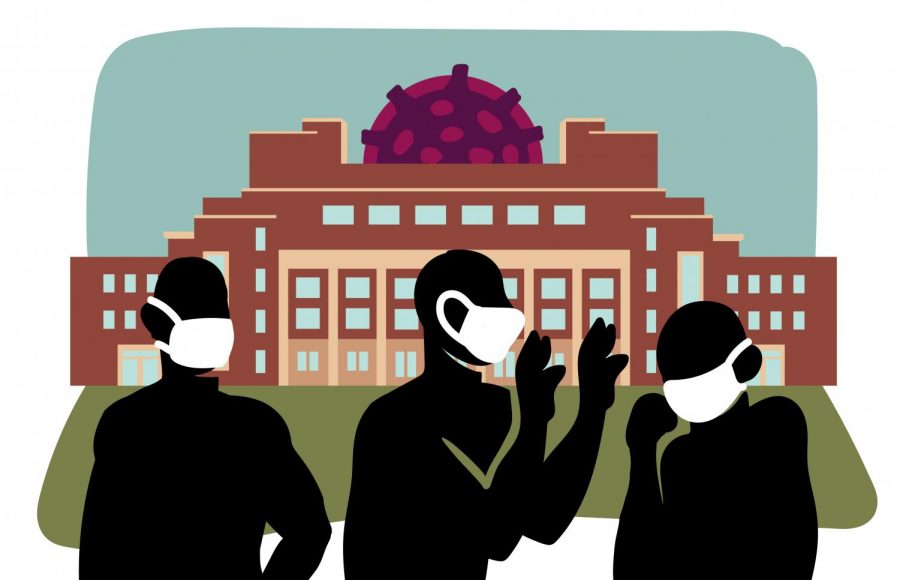








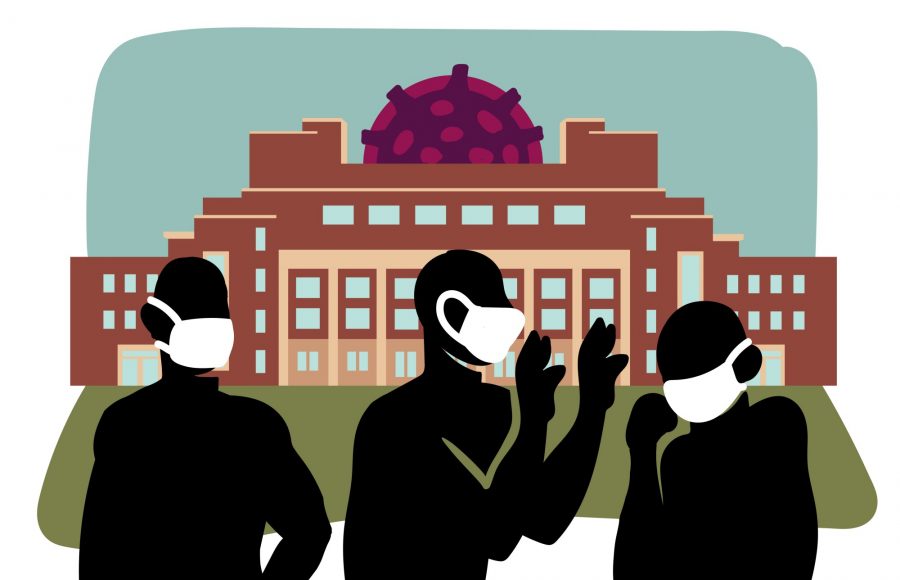
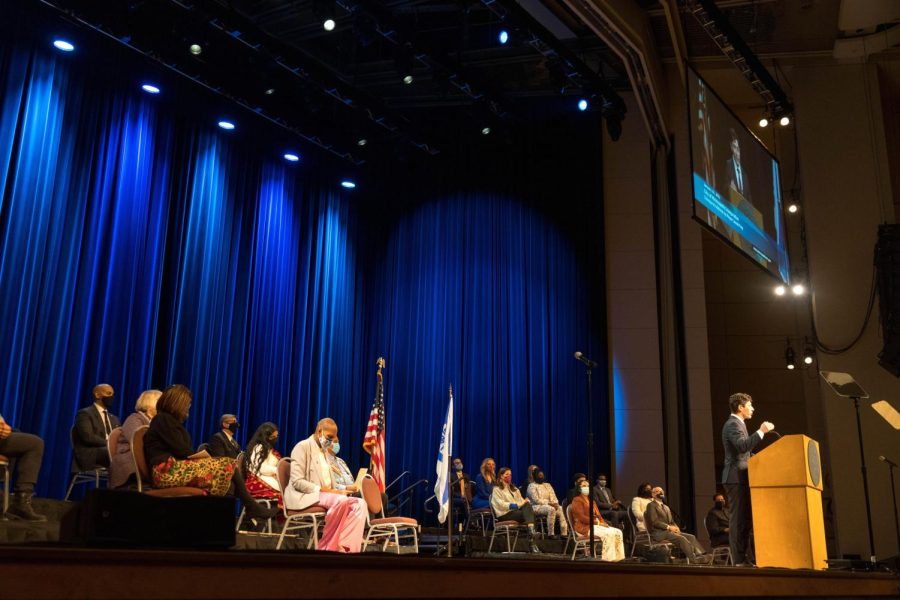
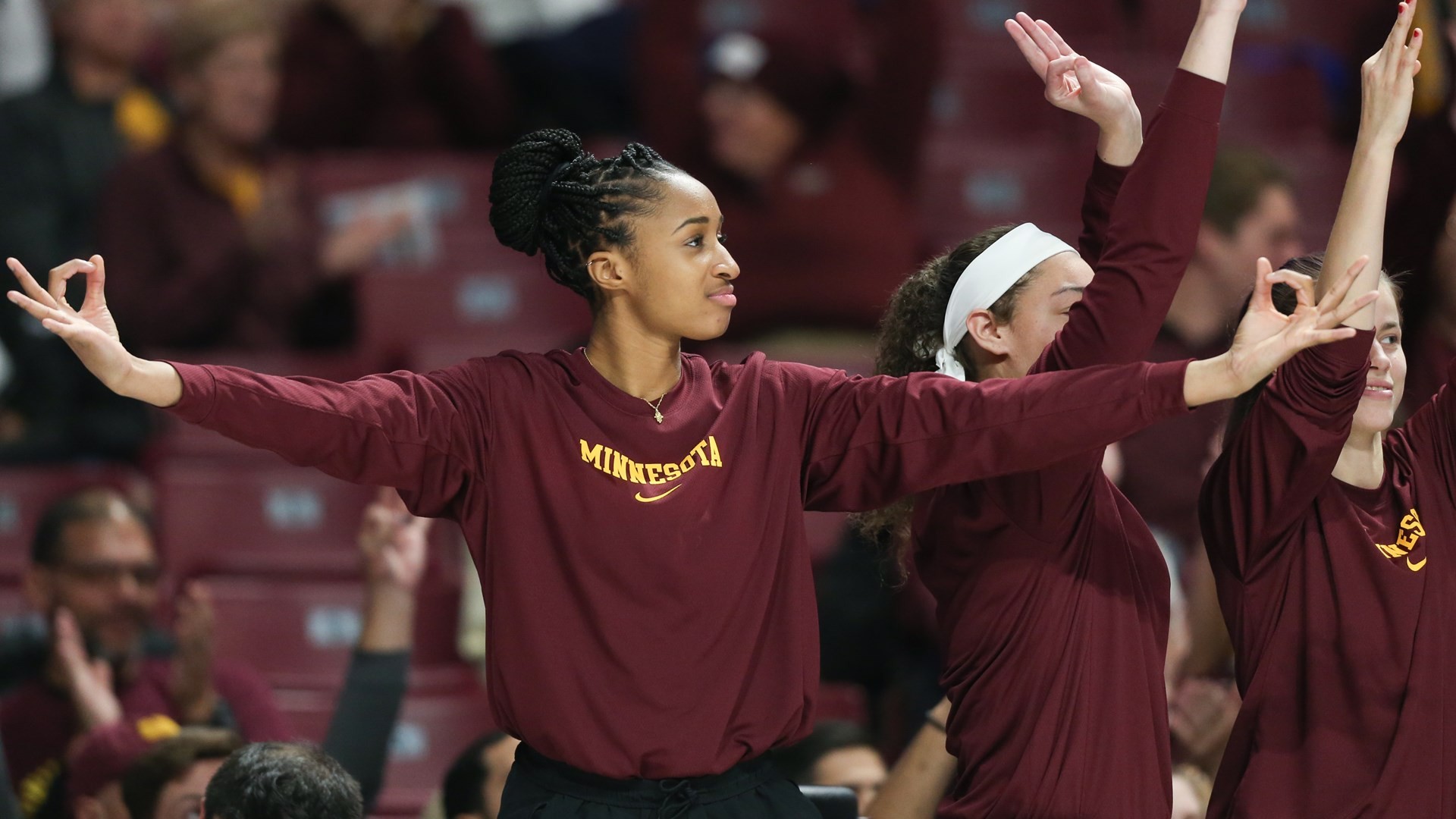
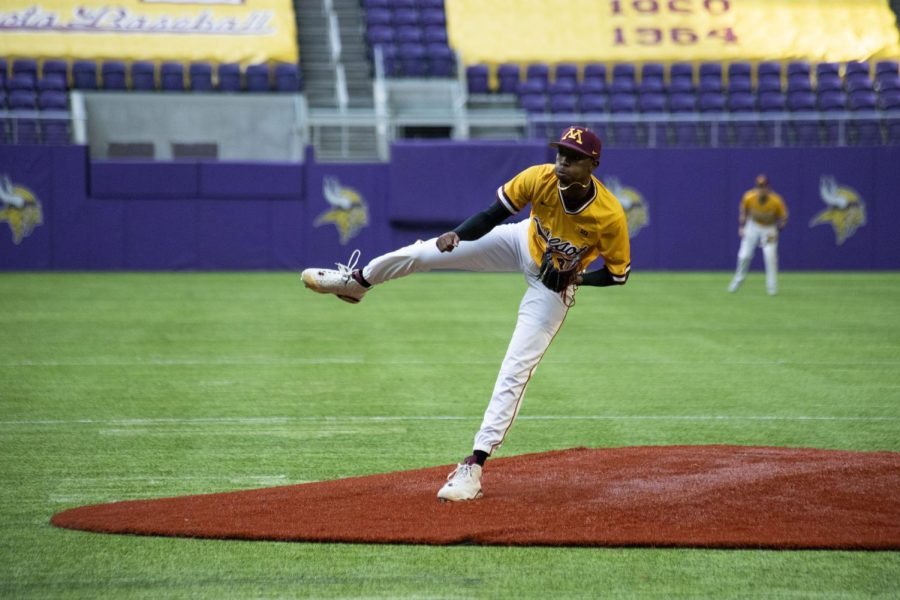
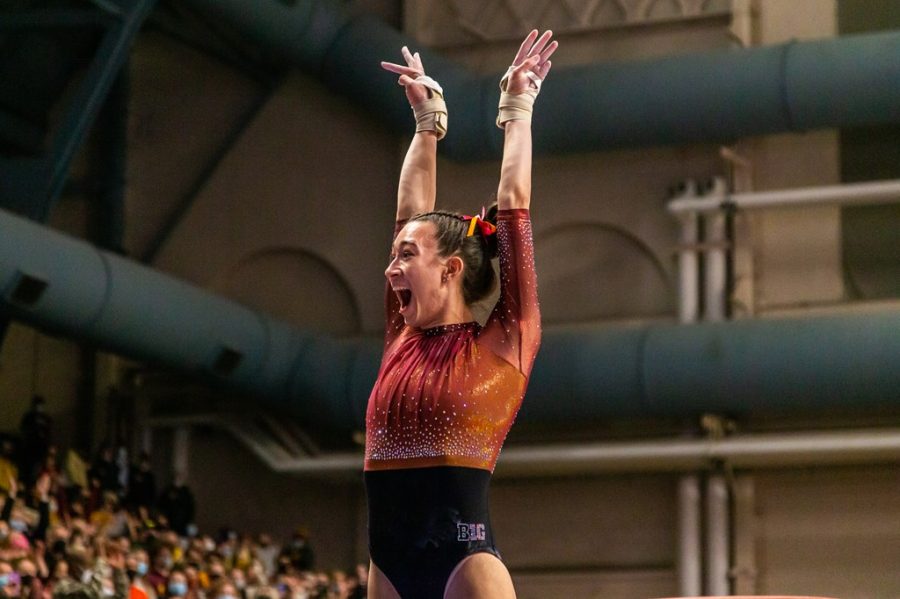

CapnRusty
Oct 11, 2021 at 7:36 pm
Do you think vaccination should be mandatory?
A Gopher
Oct 11, 2021 at 6:35 pm
The mortality rate for that age group is low, but they are also one of the highest spreaders behind teenagers 14-18. Morbidity remains abnormally high for all groups with many of these serious conditions appearing to be permanent. Even in children, MIS-c is leading to long-term inflammatory problems due to a previous covid infection. Thus, any discussion of COVID must include more than just the mortality rate. At this point, everyone who can be vaccinated should be so that things can return to normal.
CapnRusty
Oct 5, 2021 at 2:18 pm
What is the likelihood that a person between the ages of 18 and 22, who contracted Covid (any variant), would die from it? Seems like an important statistic to include in this article. And, given that it’s a statistic, and the article is about experts . . .